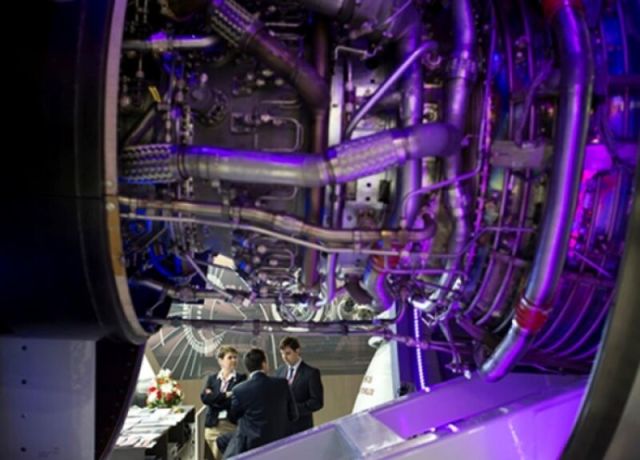The Moscow production complex "Salyut", as reported by its head Alexey Gromov, this month will hand over the first components for the assembly of the demonstrator of the PD-35 ultra-large thrust engine.
Domestic aircraft manufacturers have high hopes for this engine. In the development of particularly powerful aircraft engines, we are seriously behind, although we were once leaders. It seems that the situation is beginning to improve.
Work on the PD-35 began several years ago. And, as you can see, they are going well. One of the most difficult tasks that its creators had to solve was the design of a fan with a diameter of more than three meters.
Let's explain, the fan of two-circuit engines is called a multi-blade compressor, which is located in front of the air intake of the gas turbine unit that creates the main thrust. The fan allows you to significantly increase the thrust and power of the engine, to some extent contributes to its additional cooling, since part of the air flow flows around the combustion chamber from the outside. Such fans are characterized by a large diameter and impressive dimensions. It is possible to save the mass of a huge motor in acceptable values only by using composite materials. We managed it.
Today, the secret of the development and construction of motors with composite blades is owned by three countries-the United Kingdom, the United States and France. Russia becomes the fourth.
As previously reported, it is planned to allocate 180 billion rubles for the creation of a new engine. Now the stage of bench testing of plastic blades begins. It is quite long and time-consuming. The main task is to get confidence that the fan, created from composites, will be able to work in the air.
To speed up the work and optimize costs, a fairly competent decision was made - to create and test a composite fan in the size of a similar, but titanium, one that stands on the commercially available PD-14. Flight tests of the already full-size PD-35 demonstrator are scheduled to begin in 2025.
Sergey Ptichkin

